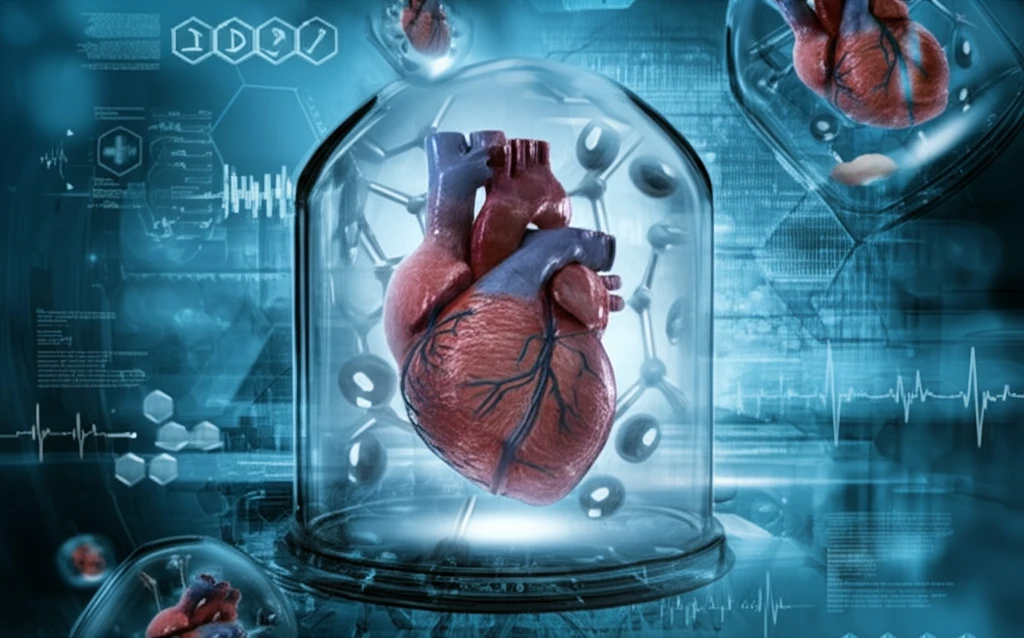
Heart Health: Are High-Intensity Statins Safe After a Transplant?
"Discover the latest research on using high-intensity statins to manage cholesterol in heart transplant patients and whether they could be a game-changer for long-term health."
After a heart transplant, maintaining optimal health involves many factors, with cholesterol management being a key concern. Statins, medications that help lower cholesterol, are often prescribed to heart transplant recipients to reduce the risk of complications such as cardiac allograft vasculopathy (CAV), a condition where the arteries of the transplanted heart become narrowed or blocked. While the benefits of statins are well-known, determining the right intensity—low, moderate, or high—requires careful consideration, especially when patients are on immunosuppressant drugs like tacrolimus.
Traditionally, low- to moderate-intensity statins have been favored in heart transplant patients due to concerns about potential drug interactions and side effects. However, some individuals may require more aggressive cholesterol-lowering therapy to achieve their target levels. High-intensity statins are powerful medications that can significantly reduce LDL (bad) cholesterol, but their use in heart transplant recipients has been limited due to a lack of data on their safety and tolerability.
A recent study has explored the use of high-intensity statins in heart transplant patients receiving tacrolimus, providing valuable insights into their potential benefits and risks. Let's delve into the details of this research and what it means for heart transplant recipients.
The Study: High-Intensity Statins and Heart Transplants

Researchers conducted a single-center, retrospective study involving adult heart transplant recipients who were treated with tacrolimus and high-intensity statins between January 1, 2005, and December 31, 2015. The primary goal was to assess the tolerability of high-intensity statins, defined as the absence of myalgias (muscle pain), hepatotoxicity (liver damage), rhabdomyolysis (muscle breakdown), or the need to reduce or discontinue the statin due to side effects. The secondary goal was to evaluate the impact of high-intensity statins on total and LDL cholesterol levels.
- Tolerability: The study found that high-intensity statins were generally well-tolerated. Only one patient (4%) experienced myalgias that led to discontinuation of the statin.
- Adverse Effects: No instances of rhabdomyolysis or significant liver damage were observed.
- Cholesterol Reduction: High-intensity statins significantly reduced total cholesterol by an average of 35 mg/dL and LDL cholesterol by an average of 19 mg/dL.
Making Informed Decisions About Statins
The decision to use high-intensity statins in heart transplant recipients should be made on a case-by-case basis, considering the individual patient's risk factors, cholesterol levels, and overall health status. Regular monitoring of liver function and muscle symptoms is crucial to ensure the safe and effective use of these medications. By working closely with their healthcare team, heart transplant recipients can achieve optimal cholesterol management and reduce their risk of long-term complications.
